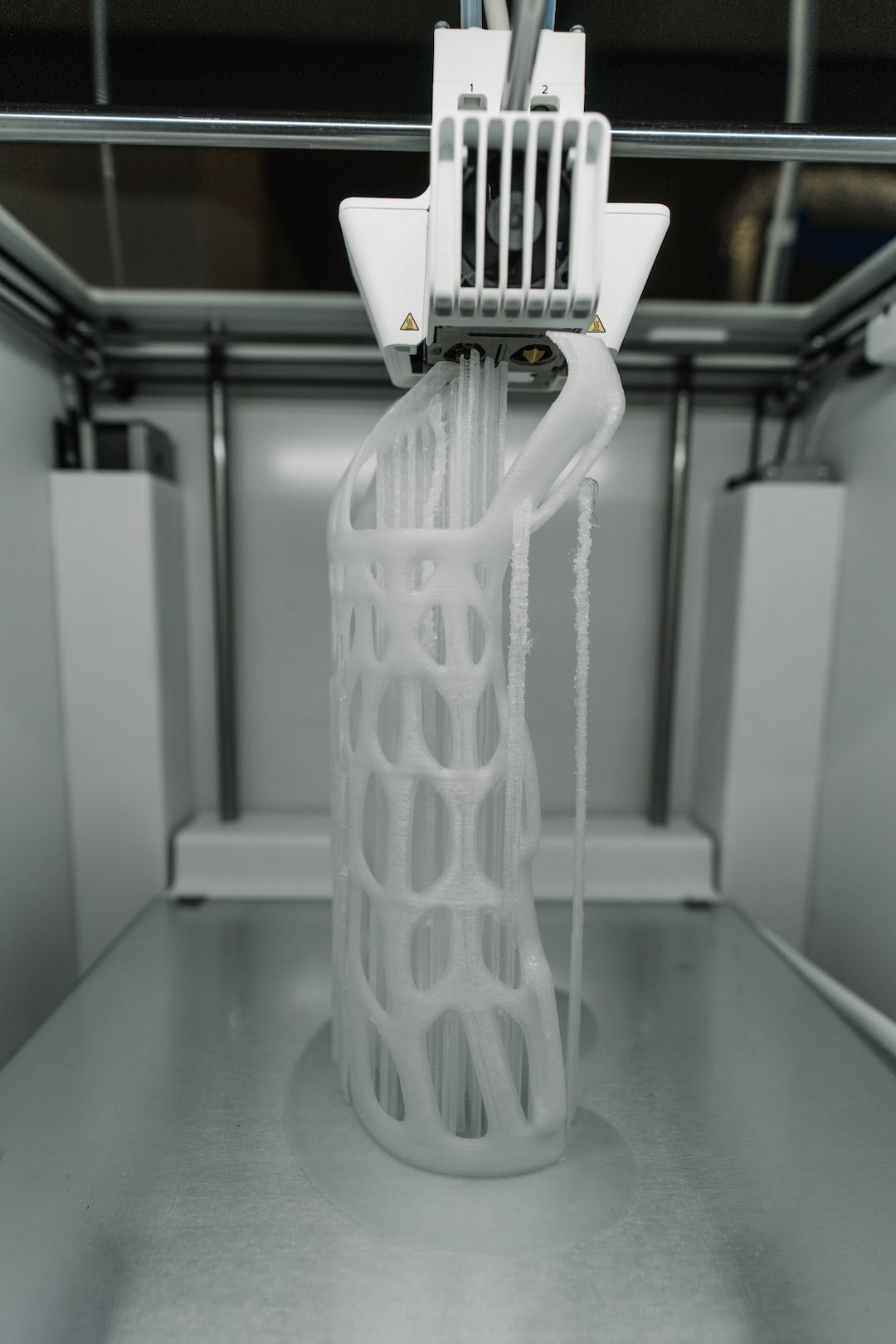Lean manufacturing is a methodology that aims to reduce waste and streamline production processes. It has gained significant popularity in various industries due to its numerous benefits. In this blog post, we will explore the advantages of lean manufacturing and how it can positively impact businesses.
One of the primary benefits of lean manufacturing is increased efficiency. By identifying and eliminating waste, such as waiting times, excess inventory, and overproduction, companies can optimize their production processes. This streamlined approach leads to shorter lead times, improved productivity, and higher customer satisfaction. When production processes are efficient, businesses can produce goods and services in a timely manner, meeting market demands and staying ahead of the competition.
Another advantage of lean manufacturing is cost reduction. By eliminating waste, companies can significantly cut down on their expenses, leading to higher profitability. Lean manufacturing focuses on improving overall productivity and reducing the need for excess inventory, which can tie up company resources. This results in reduced carrying costs and a better utilization of available resources. By implementing lean principles, companies can save money, improve their bottom line, and invest in other business areas.
Lean manufacturing also fosters a culture of continuous improvement. The methodology encourages employees to identify and eliminate waste, promoting a more proactive and efficient workplace. Employees are empowered to suggest improvements and participate in problem-solving activities. This not only improves collaboration and teamwork but also enhances employee satisfaction and engagement. By continuously striving for improvement, businesses can stay innovative and adapt to changing market conditions, ensuring long-term success.
Another key advantage of lean manufacturing is improved quality control. By identifying and addressing waste, companies can identify potential quality issues. Lean principles emphasize the importance of prevention and early detection of defects, rather than fixing problems after they have occurred. This focus on quality control leads to fewer defects, less rework, and improved customer satisfaction. When customers receive high-quality products, they are more likely to become repeat customers and recommend the company to others, leading to increased loyalty and market share.
In addition to these benefits, lean manufacturing also promotes a safer workplace. By eliminating waste and streamlining processes, companies reduce the chances of accidents and injuries. A well-organized and clutter-free workspace leads to better safety practices and improved employee well-being. This can also result in reduced insurance costs for businesses, as they pose a lower risk to their employees and assets.
Lastly, lean manufacturing contributes to environmental sustainability. By reducing waste and optimizing processes, companies lower their resource consumption and minimize their impact on the environment. Lean principles encourage the efficient use of raw materials, energy, and water, resulting in reduced waste generation and carbon emissions. This not only benefits the planet but also enhances a company’s brand reputation and appeals to environmentally conscious consumers.
In conclusion, lean manufacturing offers numerous benefits to businesses across various industries. From increased efficiency and cost reduction to improved quality control and employee engagement, the advantages are undeniable. By eliminating waste, streamlining processes, and fostering a culture of continuous improvement, companies can achieve long-term success and contribute to a more sustainable future.









